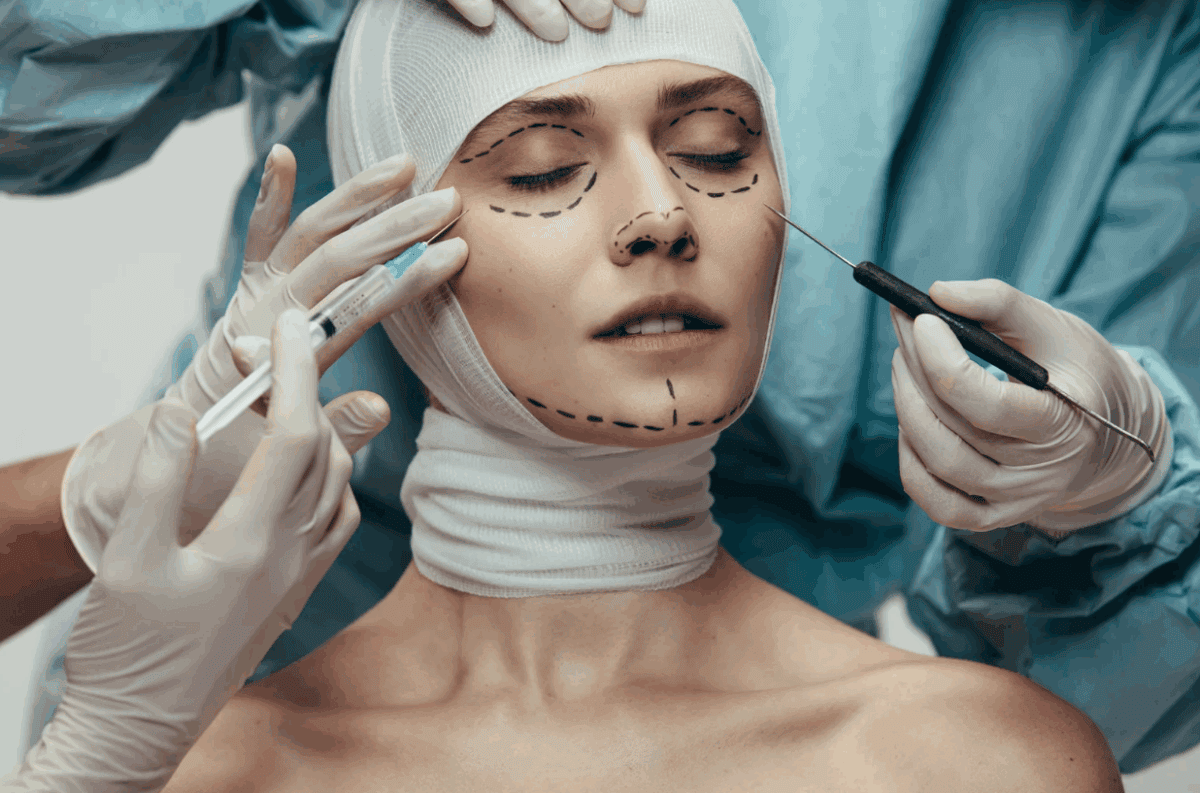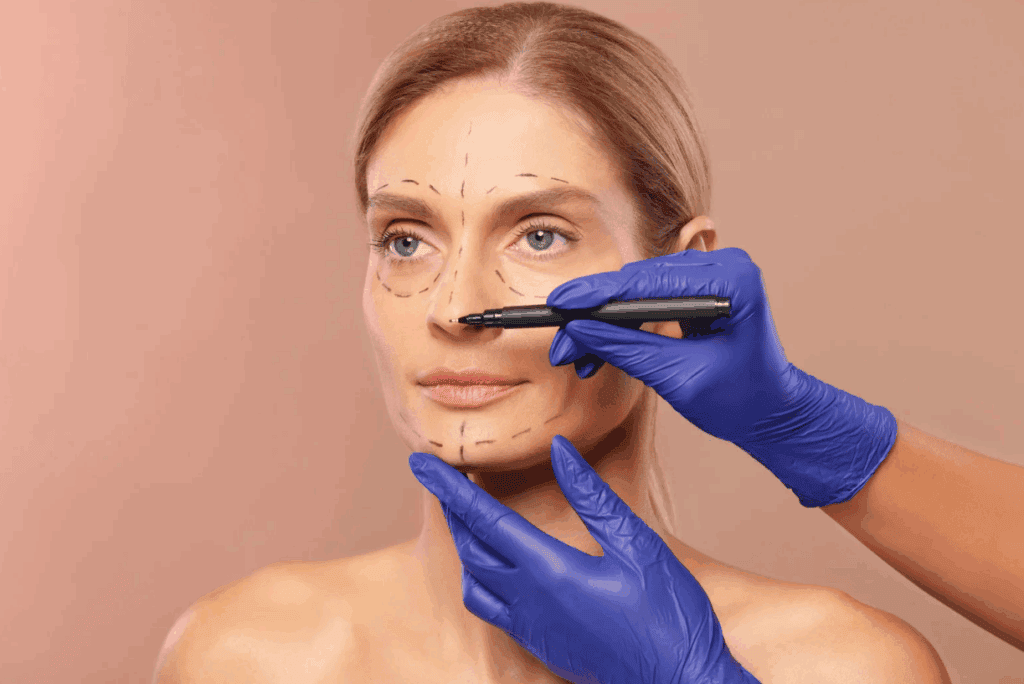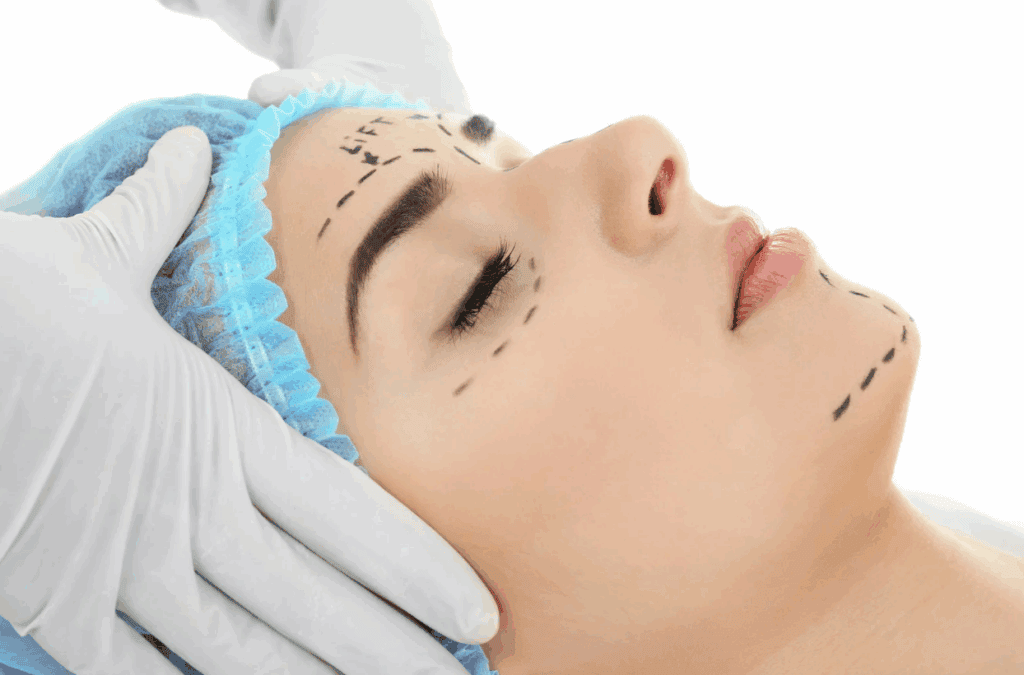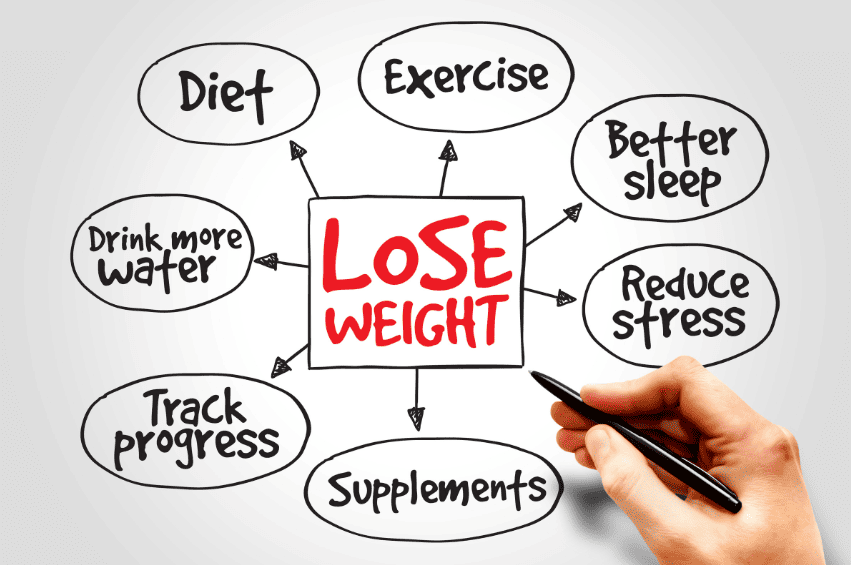In Montreal, prioritizing your sexual health means adopting the right habits, including regular STI testing. Whether you’re sexually active with one or multiple partners, getting tested is essential for early detection and prevention. The city offers numerous confidential and accessible STI testing centers, ensuring everyone can take charge of their well-being.
Learn where to go, what to expect, and how often you should get tested to stay informed, healthy, and responsible.
Adopt regular STI screening.
Sexually transmitted infections can sometimes remain asymptomatic for long periods. Regular screening, such as STI testing in Montreal, is a key step in protecting your health. Testing helps detect infections early, enabling appropriate treatment. Get tested at least once a year or more often if you have multiple partners. Quick, confidential, and easily accessible, screenings should be part of your health routine.

Use protection consistently.
Condoms serve as a frontline defense against most STIs and unwanted pregnancies. Use them for all penetrative sexual activities with new or non-exclusive partners. Dental dams also provide protection during oral sex. Always check expiration dates and avoid reusing protection. If a condom breaks during intercourse, consult a health professional about emergency measures and STI prophylaxis.
Communicate openly with your partners.
Healthy sexual habits depend on honest dialogue with partners about past experiences and current risks. Before becoming intimate, discuss STI history and last testing dates. Mutual trust and transparency reduce misunderstandings. Establish clear boundaries and consent. Open conversation helps both partners feel more secure. Encouraging accountability preserves both physical and emotional well-being.
Learn to recognize symptoms.
While many STIs are silent, some cause noticeable symptoms. These include unusual discharges, rashes, pain during urination, or genital sores. If any of these signs appear, seek immediate medical advice. Avoid sexual contact until a healthcare provider confirms the cause. Early intervention can prevent complications and reduce transmission risk to others.
Vaccinate against preventable infections.
Several STIs can be prevented with vaccines, including HPV and hepatitis B. Vaccination provides long-lasting protection and significantly reduces disease spread. Talk to your healthcare provider about eligibility and schedule. Even if you’re already sexually active, vaccination may still be beneficial. Protect yourself and contribute to community-wide immunization efforts.
Establish safe habits after exposure.
If you’ve had unprotected sex or suspect exposure to an STI, act quickly. Visit a clinic for testing and consider taking post-exposure prophylaxis if necessary. Avoid further intimate contacts until results are clear. Inform recent partners so they can also get tested. Prompt action reduces long-term health consequences and prevents further transmission.
Maintain good hygiene practices.
Washing before and after sex reduces the chances of infections. Always clean sex toys properly and avoid sharing them between partners. Use mild, unscented soaps that protect the natural balance of your genital area. Avoid douching, which can disrupt vaginal flora and increase infection risks. Small hygiene steps significantly impact your overall sexual health.
Educate yourself continuously.
Sexual health knowledge evolves over time with new research and treatments. Stay informed through reliable sources, including health clinics and sexual education programs. Attend workshops or counseling sessions when available. Better understanding leads to safer decision-making, especially in changing relationships. Curiosity and responsibility go hand in hand when caring for your sexual well-being.

Protecting Your Sexual Health – FAQs
Where can you get tested for STIs in Montreal?
In Montreal, several clinics offer STI testing, including CLSCs (local community health centers), youth clinics, the CHUM (University of Montreal Health Centre), and some private clinics. There are also walk-in services that are free or low-cost. You can use the ClicSanté website to book an appointment or find a clinic near you.
Is STI testing free in Montreal?
STI testing is often free at public facilities such as CLSCs and certain community clinics. Identification, such as a RAMQ card, may be required. For individuals without health insurance, fees may apply. Some clinics also offer anonymous and confidential testing services.
How long does it take to get STI test results in Montreal?
STI test results in Montreal generally take between 2 to 10 business days, depending on the type of tests and the clinic visited. Some clinics provide results via phone, secure email, or an online platform. Rapid HIV tests can provide results in as little as 20 minutes.
When should I get tested for STIs?
It is recommended to get tested regularly, especially if you have multiple sexual partners, engage in unprotected sex, or show symptoms. In general, an annual test is advised, but more frequent screening may be necessary depending on risk behaviors or medical recommendations.













